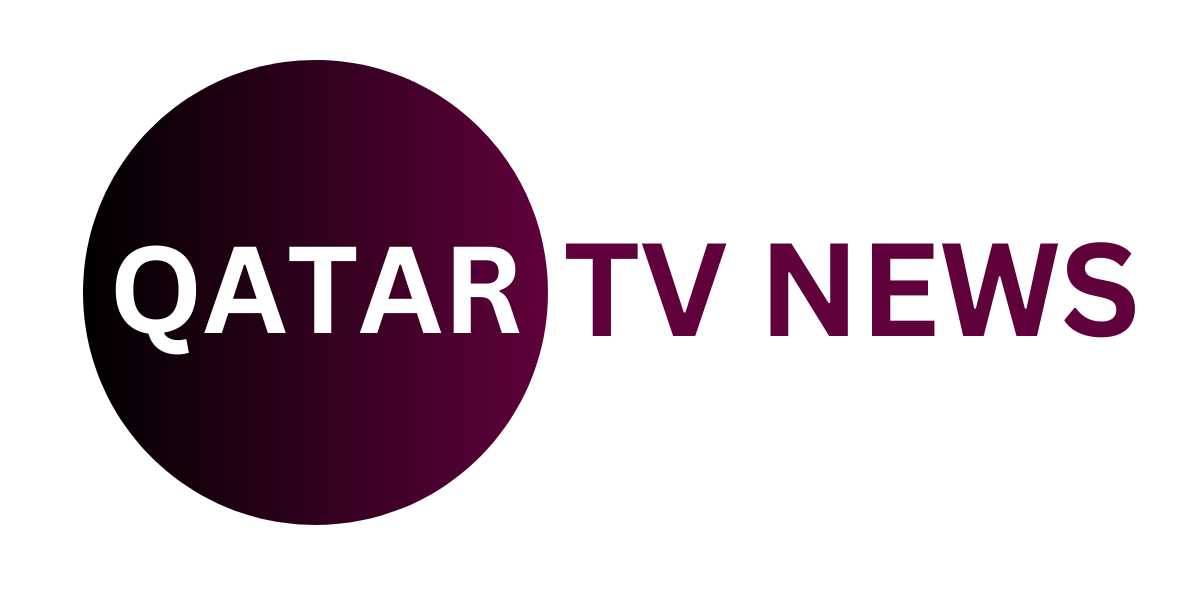Tennis tournament structure has revolutionized football’s premier event as FIFA announced bracketing for the 2026 World Cup that mirrors grand slam competitions. Spain, Argentina, France, and England will occupy separate brackets as the top four seeds, preventing them from facing each other until the semi-finals or final.
FIFA has justified this cross-sport adaptation as promoting competitive balance, though it represents a dramatic departure from traditional World Cup organization. The system explicitly acknowledges that tournament organizers have interests in ensuring the best teams reach the final stages, where their matches deliver maximum entertainment value and commercial returns. This marks an evolution from purely sporting considerations toward a more holistic view of tournament success.
Under this system, England and France are positioned to each potentially face one of Spain or Argentina in the semi-final stage, assuming all four teams successfully win their groups. FIFA has specified random pathway assignment rather than strict ranking-based matching, introducing unpredictability within the engineered framework. However, the core protection remains: these four elite teams follow separate paths until the tournament’s climactic stages.
The expanded 48-team format divides participants into 12 groups of four teams for the opening phase. Seeding begins with pot one, which includes guaranteed positions for host nations United States, Mexico, and Canada. This automatic inclusion is traditional FIFA practice but means one fewer spot for teams that have earned their ranking through competitive results. Subsequent pots are filled according to FIFA world rankings, with the six playoff qualifiers and lowest-ranked teams filling pot four.
UEFA’s 16-team contingent creates unavoidable complications for maintaining FIFA’s preference against same-confederation group stage matches. Mathematical reality requires some European teams to share groups, with each group capped at two European teams maximum. This still enables potential all-British matchups, with England possibly facing Scotland from pot three, or Wales or Northern Ireland if they successfully navigate playoffs. The December 5 draw will resolve these questions, with the tournament schedule announced December 6.

